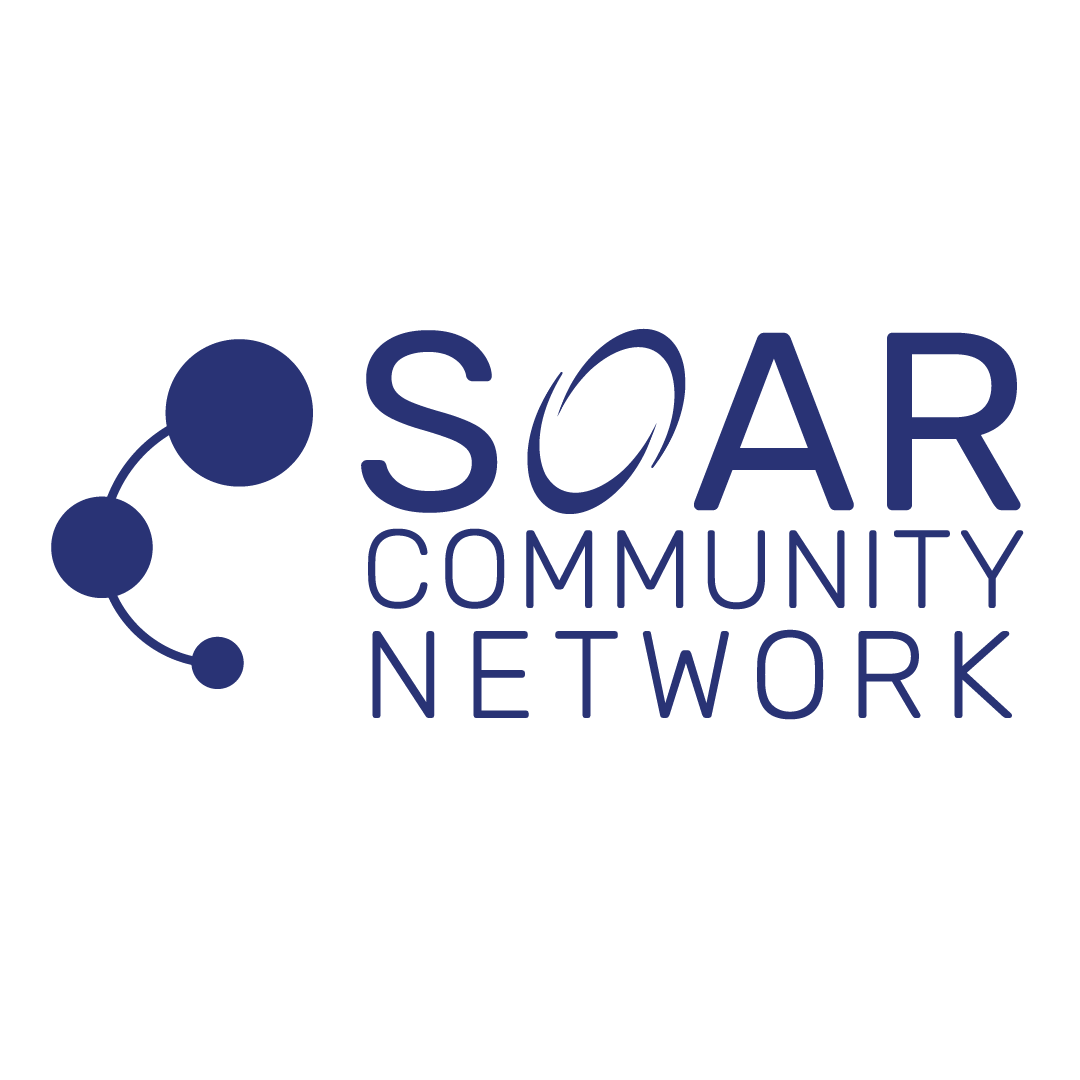Challenge:
Compliance can often be a complex and time-consuming process for Community Development Financial Institutions (CDFIs). Ensuring adherence to regulations while focusing on mission-driven work can drain resources and hinder organizational effectiveness. Let’s explore the challenges, the solutions, and the actions you can take to simplify compliance through a team-centric approach. Many CDFIs struggle with the following issues when it comes to compliance:
- Complex and Time-Consuming Processes: Compliance processes can be overwhelming, consuming valuable time and resources that could otherwise be directed toward mission-critical activities.
- Unclear Roles and Responsibilities: Without clearly defined roles and responsibilities, compliance tasks may fall through the cracks, leading to inefficiencies and potential non-compliance.
- Misalignment of Behavioral Strengths: Organizations often fail to leverage the strengths of individuals who are naturally inclined to excel in compliance-related tasks, resulting in suboptimal management of these processes.
Solution:
Addressing these challenges involves clarifying roles and responsibilities, aligning strategy with behavioral styles, and fostering a culture of continuous improvement. Here’s how:
- Clarify Roles and Responsibilities: Clearly define and communicate each team member’s compliance-related roles and responsibilities. This ensures accountability and prevents important tasks from being overlooked. A well-structured compliance framework allows for more effective task management and reduces the risk of errors.
- Align Strategy with Behavioral Styles: Identify and leverage the Process behavioral types within your team. These individuals excel at detailed, systematic work and can be instrumental in managing compliance processes effectively. By aligning their strengths with your compliance strategy, you can enhance efficiency and accuracy.
- Foster a Culture of Continuous Improvement: Encourage regular reviews and feedback sessions to identify areas for improvement in your compliance processes. This ongoing dialogue helps ensure that your compliance efforts remain efficient and effective. Continuous improvement fosters an adaptive environment where processes are regularly refined and optimized.
The Action:
Implementing these solutions involves specific actions that can be integrated into your organization’s practices:
- Conduct Role Clarification Workshops: Facilitate workshops with your team to define and communicate compliance-related roles and responsibilities. Ensure that every team member understands their specific duties and how they contribute to the overall compliance framework.
- Use Behavioral Assessments: Conduct assessments to identify the Process behavioral types within your team. Provide these individuals with the tools and opportunities to take on key roles in managing compliance processes. Leveraging their natural strengths can significantly improve your compliance management.
- Establish Regular Review Sessions: Set up regular review sessions to assess your compliance processes. Use these sessions to gather feedback, identify inefficiencies, and implement improvements. This proactive approach ensures that your compliance efforts are continually refined and remain effective.
Conclusion:
Simplifying compliance for your CDFI is essential for optimizing resource allocation and focusing on mission-driven activities. By clarifying roles and responsibilities, aligning strategy with behavioral styles, and fostering a culture of continuous improvement, you can streamline your compliance processes and enhance organizational efficiency.
Our C3 Framework, designed to foster compassionate, cohesive, and collaborative cultures, provides the foundation for these solutions, ensuring long-term success and impact.

